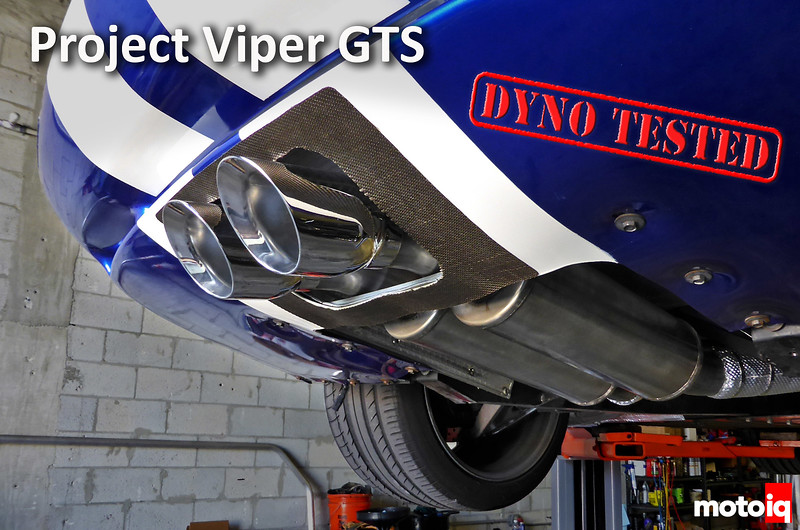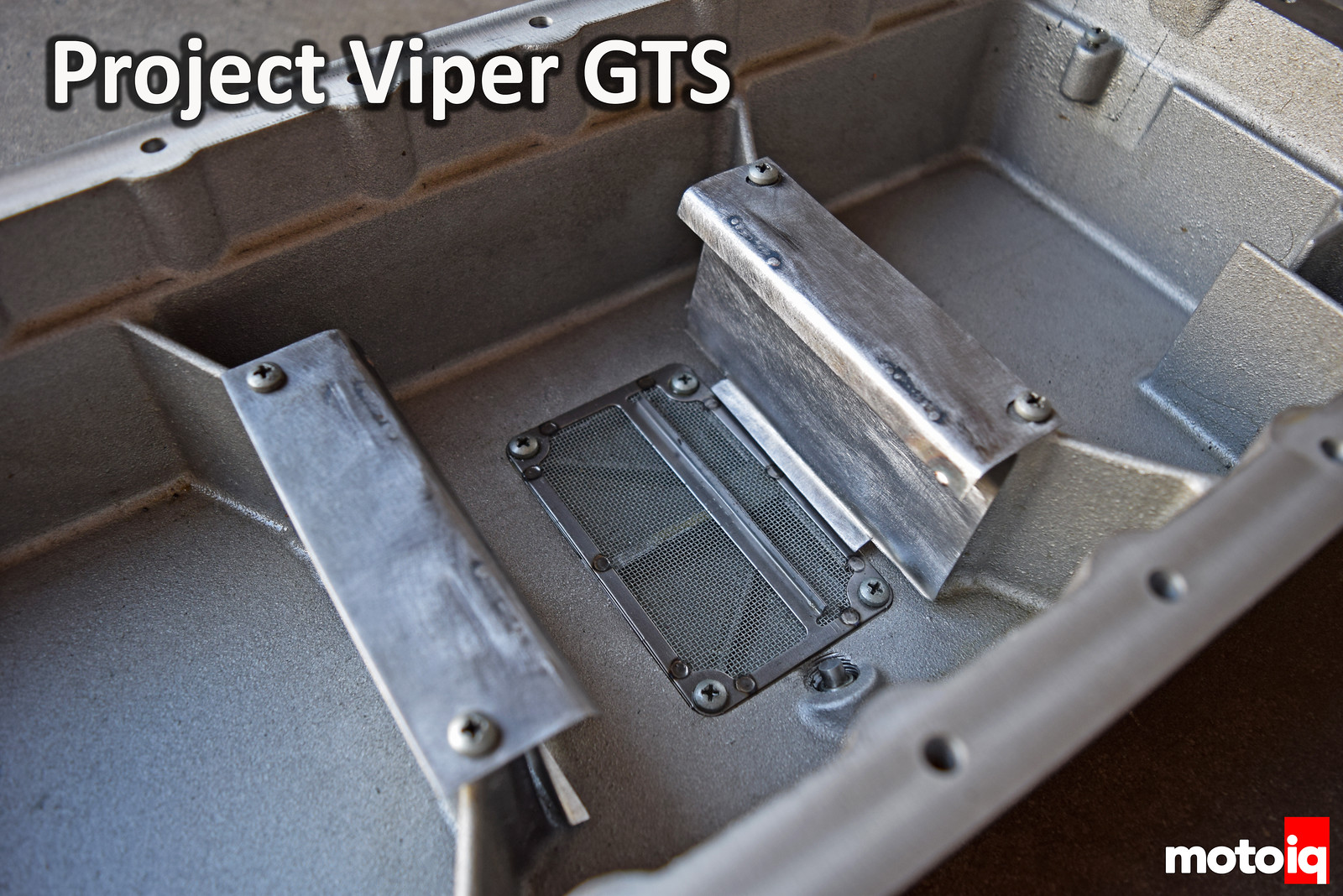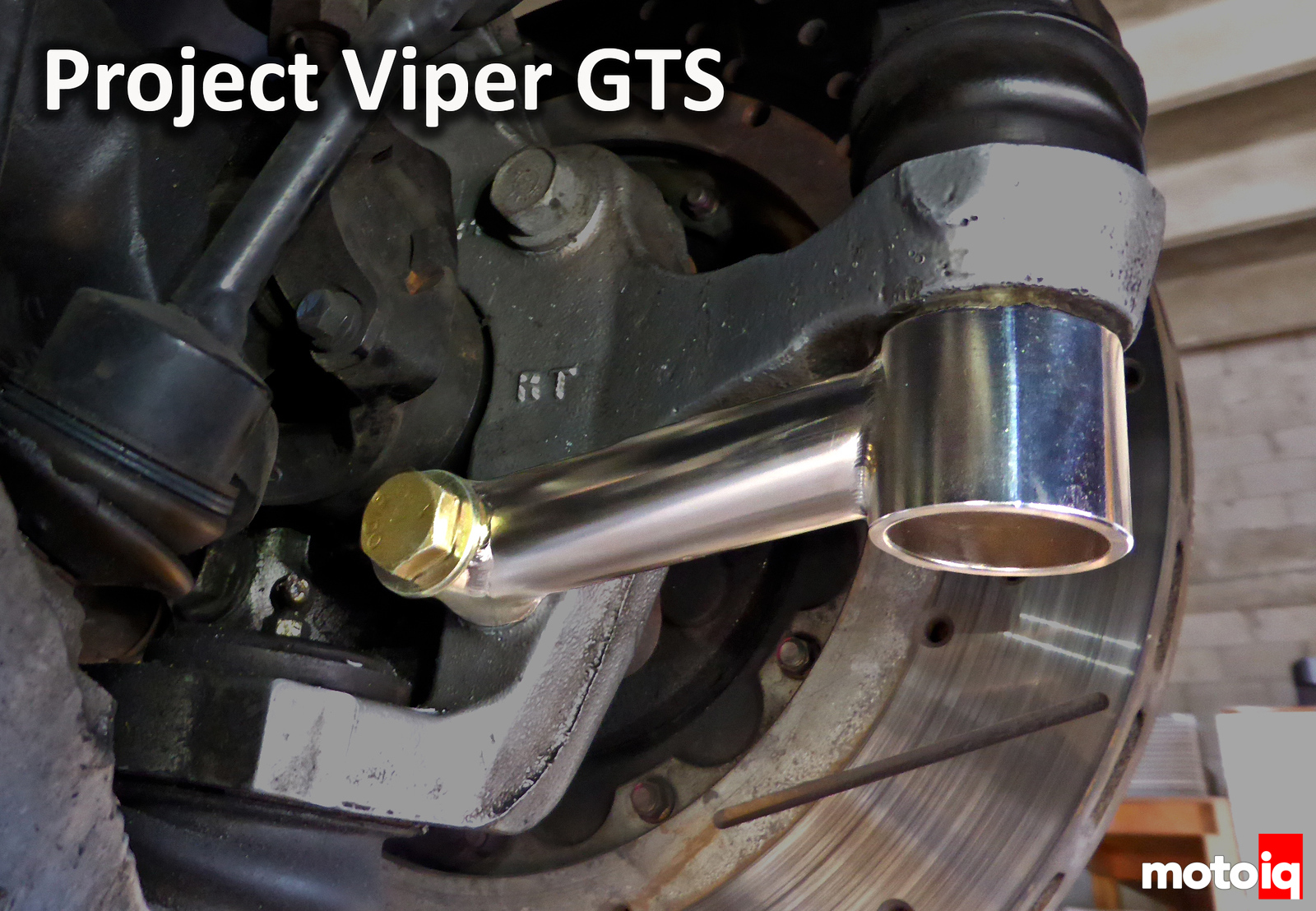Hey guys,
Check out MotoIQ's newest Project Car: Viper GTS - Part 1 History & Intro.
"The Dodge Viper has been competitive on the world stage by doing it the American way: with big wheels, big brakes, big tires, a big engine, and not a lot of refinement. While it has always been a highly capable car on the track, used car prices have finally dropped to the point of being affordable by the masses and it has become a realistic option as a track day car. This project hopes to clarify some of the stereotypes that surround the Viper and bring the truth to light of a very cool platform."
http://www.motoiq.com/MagazineArticles/ID/3740/Project-Viper-GTS-Part-1--Intro-and-History.aspx

Enjoy!
Check out MotoIQ's newest Project Car: Viper GTS - Part 1 History & Intro.
"The Dodge Viper has been competitive on the world stage by doing it the American way: with big wheels, big brakes, big tires, a big engine, and not a lot of refinement. While it has always been a highly capable car on the track, used car prices have finally dropped to the point of being affordable by the masses and it has become a realistic option as a track day car. This project hopes to clarify some of the stereotypes that surround the Viper and bring the truth to light of a very cool platform."
http://www.motoiq.com/MagazineArticles/ID/3740/Project-Viper-GTS-Part-1--Intro-and-History.aspx

Enjoy!
Last edited:















